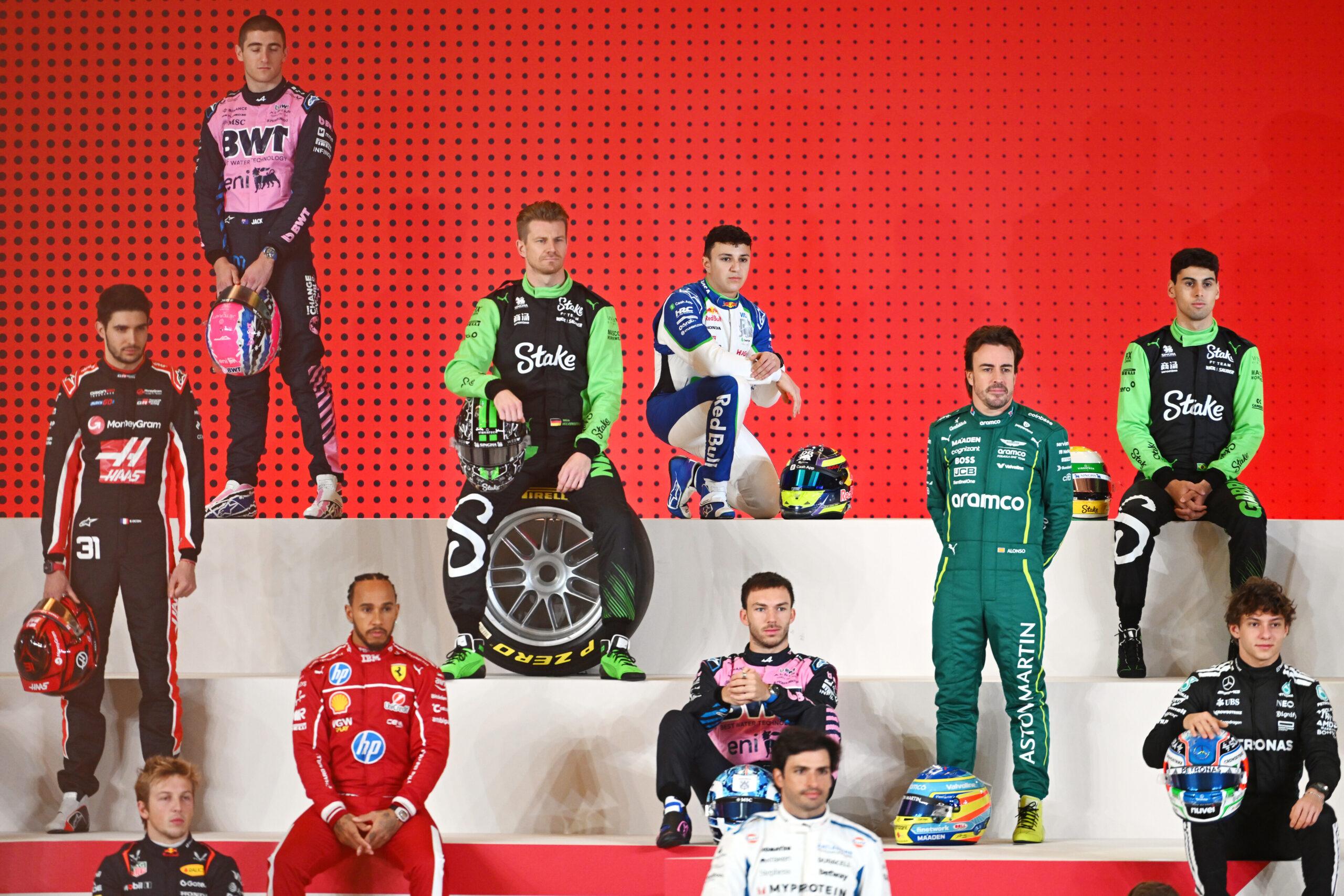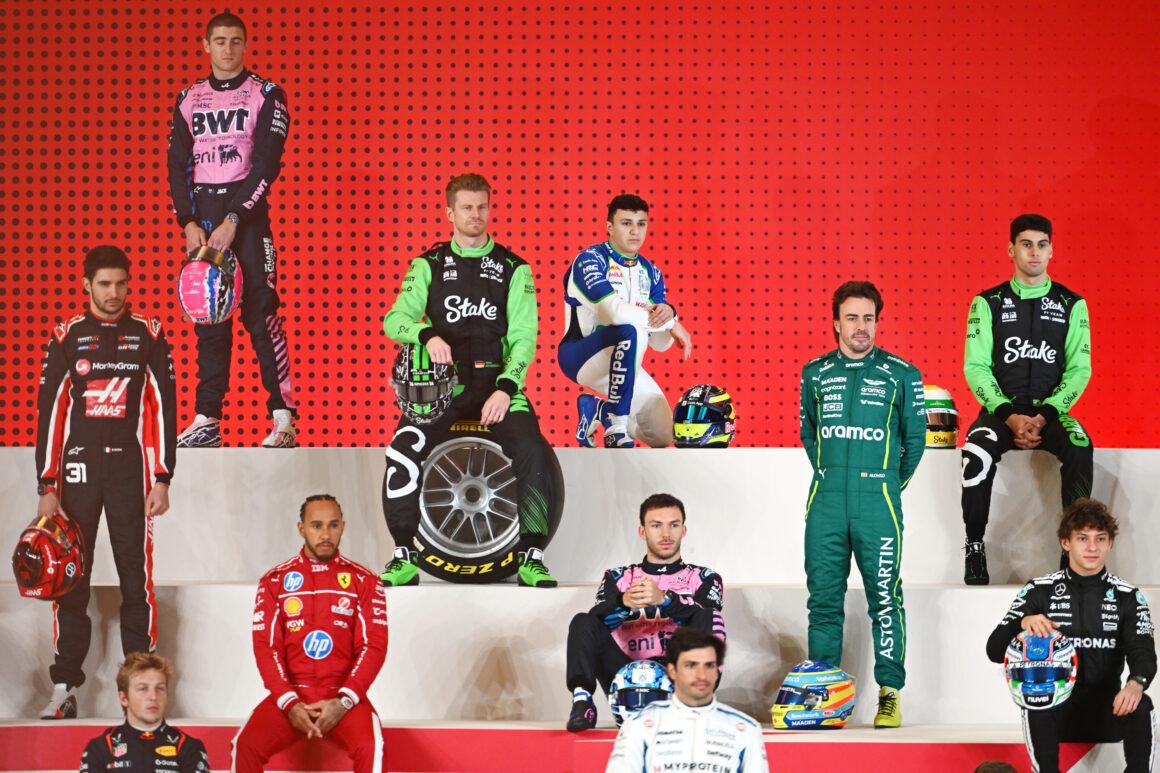Formula 1 cars didn’t just get faster. They got bigger, heavier, and bossier on track. The result? Overtakes need planning permission. Corners feel narrower. And the old-school missiles from the 1980s would slip past today’s machines like knives through butter. Want the truth? Modern F1 cars are giants, and that choice reshaped the sport.
Let’s dissect the size arms race. Who inflated the grid? Why did it happen? And which eras nailed the sweet spot between speed, spectacle, and sanity? Spoiler: the 2020s brought the bloat. File this under: Yikes.
Era-by-Era Dimensions: From Needles to Battleships
F1 cars didn’t evolve in a straight line. They bulked up with safety mandates, hybrid tech, and aero obsession. Some gains made sense. Others turned nimble fighters into rolling fortresses. The plot thickens like FIA rulebooks.
Below is a streamlined comparison across key eras. These are representative figures for typical front-running cars of each period. Yes, there’s variation by team and season, but the trend is undeniable: bigger, longer, heavier. The competition? Reduced to expensive spectators in tight street circuits.
Dimensional Timeline Overview
From the compact 1980s to the oversized 2020s, here’s how the footprint ballooned. Think evolution, but with extra carbs. Did someone order a stretch limo?
| Era | Length (approx.) | Width (reg limit) | Weight (incl. driver) |
|---|---|---|---|
| Early 1980s (ground effect) | 4500–4600 mm | 2130–2150 mm | Under 600 kg (no minimum early on) |
| Late 1980s (turbo-ban era) | 4400–4500 mm | 2000 mm | 500–540 kg |
| 1990s (V10 peak) | 4400–4500 mm | 2000 mm | 595–600 kg |
| 2009 Aero Overhaul | 4600–4700 mm | 1800 mm | 605–620 kg |
| 2014 Hybrids Begin | 4800–4950 mm | 1800 mm | 691 kg |
| 2017 Wide-Body Era | 5000–5100 mm | 2000 mm | 728–740 kg |
| 2022 Ground-Effect Return | 5200–5400 mm | 2000 mm | 796–798 kg |
| 2024 Spec (trend) | ~5400 mm | 2000 mm | ~798 kg |
What Drove the Growth? Follow the Weight
The short answer: safety, hybrid tech, and aero complexity. The long answer? The FIA added layers of survival cell strength, bigger crash structures, halo, batteries, MGU wizardry, and tires that could bench press a small hatchback. The wind tunnel? Did not complain. It built bargeboards like origami on steroids. Result: mass and length.
Safety is non-negotiable. Agreed. But hybrid packaging plus long wheelbases made these cars behave like high-speed trains. Great in fast corners. Worse in hairpins. Somewhere, a Monaco marshal sighed.
Key Rules That Fattened the Field
Some regulations were slam-dunks for survival. Others were… “character building.” For overtaking. And for the poor tires. Grab your popcorn, the Reg Book is at it again.
- Safety Structures: Stronger monocoques, bigger crash zones, and the halo added bulk and height.
- Hybrid Era (2014): Turbo-hybrid power units needed radiators, batteries, and complex cooling. Translation: longer and heavier cars.
- 2017 Wider Cars: Width jumped back to 2000 mm, tires got fatter, downforce skyrocketed. Lap times fell. Agility did too.
- 2022 Ground Effect: Cleaner following, yes. Shorter? Nope. Wheelbase stayed long, weight hit the ceiling thanks to bigger rims and safety tweaks.
Handling, Racing, and Strategy: Size Isn’t Just a Number
Bigger cars change everything. Braking zones shrink with downforce but widen with mass. Corner rotation gets harder. Overtakes require commitment and real estate. On narrow tracks, a modern F1 car needs a visa to pass. Lights out and away we… oh wait, the leader already won with clean air.
Longer wheelbases mean stability at speed. Great for Silverstone’s sweepers. Miserable for tight chicanes. It’s why veterans gush about the 2000s era—cars that danced rather than bulldozed. That defense was pure Schumacher—minus the excess bulk.
Street Circuits vs Modern Dimensions
Monaco, Baku old town, Singapore—tight corners and walls don’t care about your wind-tunnel graphs. Modern cars barely squeeze. Mistakes? Costly. Racing? Processional. Somewhere, a PR manager just had a minor stroke watching the onboards.
Compare it to the 1990s. Cars were slimmer, lighter, shorter. Drivers threw them into gaps that simply don’t exist now. Back then: elbows out. Now: elbows in, spreadsheets out.
Era Snapshots: How They Drove
Every era had a vibe. The 80s were sketchy ground-effect rockets. The 90s were V10 artistry. The late 2010s? Missile downforce with the grace of a cruise ship in a phone booth. Choose your poison, but know the physics tax you’re paying.
And the weather? Always the uninvited guest. The rain showed up like that friend who causes drama. Big cars aquaplane earlier and need space. Guess what’s in short supply on street tracks? Space.
Standout Characteristics by Era
Let’s break the clichés that are actually true. Yes, they were quicker. No, they weren’t always better to race. Did Ferrari strategists forget how to count laps? Again? Different problem, same theater.
- 1980s: Ground effect 1.0, skirts, insane cornering, wild ride heights. Fast but terrifying.
- 1990s: Compact, reactive, V10 symphonies. Driver input mattered. Nimble overtakes.
- 2009–2013: Narrow cars, DRS debut, blown diffusers. Aero chess matches.
- 2014–2016: Hybrid torque monsters. Weight creeps up. Packaging dominates design.
- 2017–2021: Wide, low, huge downforce. Quali magic. Racing struggled in dirty air.
- 2022–2024: Ground effect 2.0. Better following, heavier cars, still huge. Tires and brakes work overtime.
Why Width Lies and Wheelbase Tells the Truth
Fans love to quote width. But the killer is wheelbase. Longer cars resist rotation and need space to turn. It helps stability and downforce packaging, but it kills nimbleness. Think ballet shoes vs ski boots. Guess which one fits a hairpin?
Modern F1 wheelbases often stretch beyond 3600 mm. Some push close to 3700–3800 mm depending on setup. That’s an aircraft carrier compared to the 90s. The corners didn’t grow. The cars did. File this under: avoidable pain.
Weight: The Other Race Engineer
Near-800 kg cars change driving style. Braking distances expand under load. Tires take punishment. Maintain pace? You manage temperatures like a Michelin-star chef babysitting a souffle. One mistake, and your deg skyrockets. Classic Alonso late-braking—the move that makes others question life choices—still works, but now the tires send you the bill.
When heat arrives, the track temperature hits levels that would make Hell consider air conditioning. Big cars sweat. Strategy sweats more. The wind? It played favorites today. Apparently, it’s a Red Bull fan.
Did Bigger Make Racing Worse?
Short answer: often, yes. Clean air lap times got absurd. Wheel-to-wheel at narrow venues suffered. The 2022 rules helped following, but they didn’t shrink the footprint. You can’t out-physics a bus. Somewhere, Grosjean is taking notes—on how to thread a needle in traffic with a garden fence.
But on fast circuits, modern cars are breathtaking. Aerodynamic grip plus hybrid punch equals savage speed. When Hamilton’s hammer time activates, RIP to everyone’s lap times. The ol’ Verstappen divebomb special? Warranty void on oversized brake discs.
The Sweet Spot: Can F1 Get There Again?
There’s talk of downsizing in upcoming regulations. Lighter, shorter, more agile. Music to the ears of anyone who enjoys overtakes not requiring a PowerPoint. The plot thickens like a team’s excuse list after a strategy meltdown.
A realistic target? Trim wheelbase, reduce weight by double digits, maintain safety, and keep the hybrid-era brains without the bloat. Do that, and we’re back to racing, not bulldozing.
Key Takeaways: Size Matters, but Balance Wins
F1 cars evolved from slim assassins to heavy hitters. Some gains were essential. Others cluttered the spectacle. The best eras struck balance: speed, strategy, and space to fight. Right now? The scale tips toward brute force. Great for lap records. Tough for wheel-to-wheel ballet.
Want the fix? Cut weight. Shorten wheelbases. Keep the tech, lose the excess. Until then, modern F1 is a paradox: the fastest cars ever that sometimes look slower than my grandmother’s WiFi in traffic. Another masterclass in how NOT to design for racing first.

